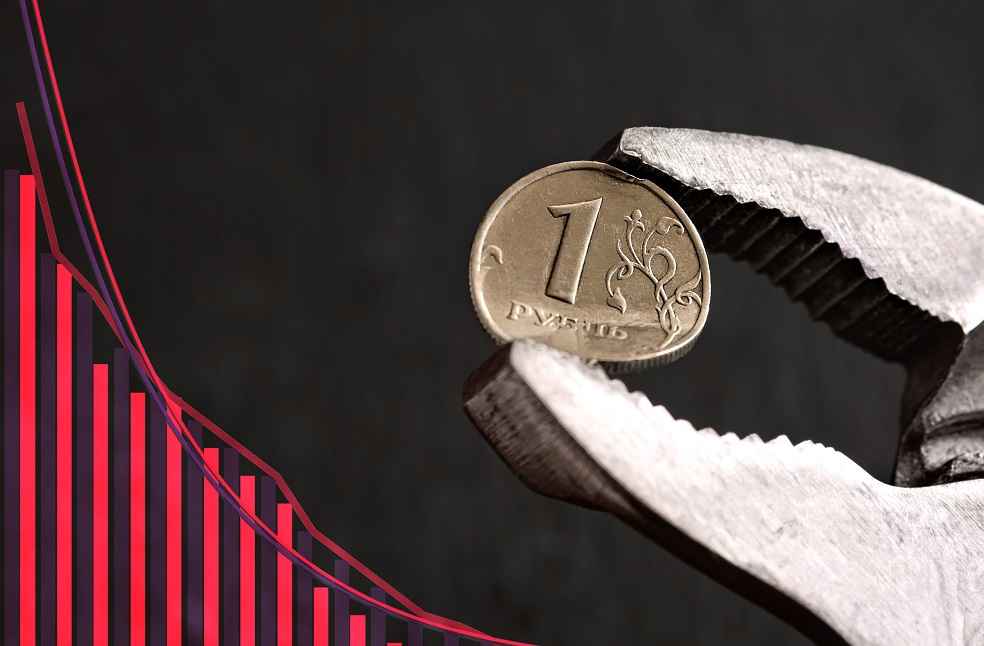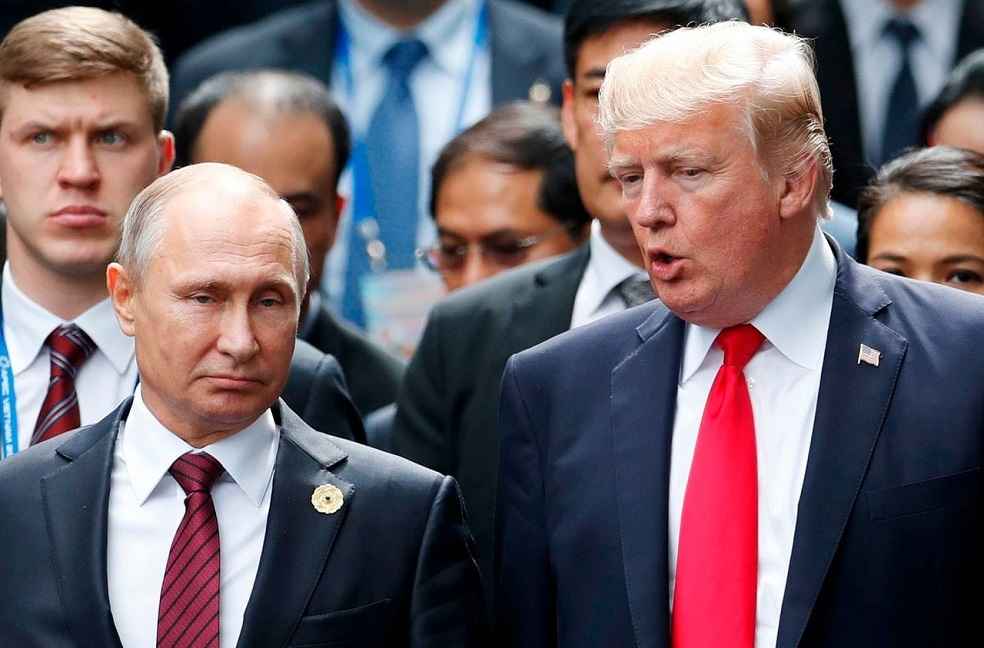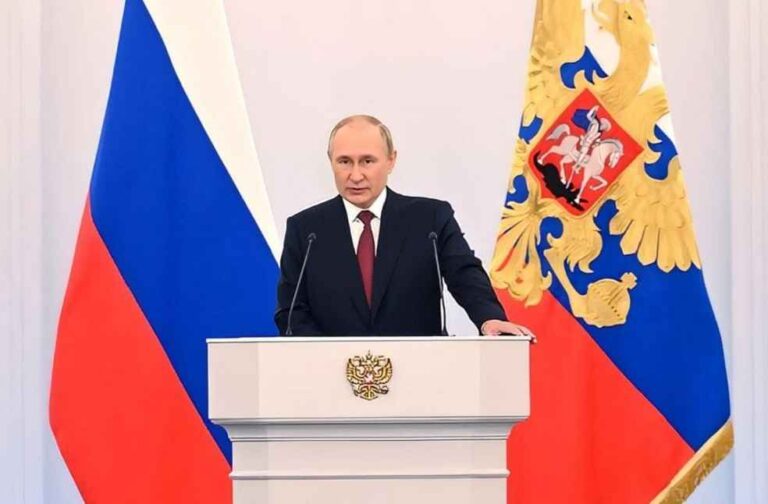As Russia’s conflict with Ukraine nears its third year, economic pressures have begun to weigh heavily on the country. Financial, technological, and demographic challenges are undermining Russia’s economic stability, leading to fears of a potential collapse.
Since 2014, and especially after 2022, Russia has faced increasingly stringent international sanctions. While Russian President Vladimir Putin claims the sanctions have strengthened the economy, the Kremlin continues to call for their removal. Estimates suggest these sanctions reduce GDP by 2-3% each year, limiting economic growth. Russia’s economy has grown by only 1% annually on average since 2014, with GDP dropping from $2.3 trillion in 2013 to $1.9 trillion today.
Recent reports from Ukrainian military intelligence indicate that Russia may consider peace talks by the end of 2025 due to economic strain. The ongoing war, coupled with heavy sanctions, has significantly weakened the country. Hidden inflation is also a significant issue, with the Russian central bank maintaining an interest rate of 19%, while claiming an inflation rate of just 9.1%.

Western financial sanctions have severely impacted Russia’s reserves and debt management. The country’s foreign debt fell from $729 billion in 2013 to $303 billion in 2024, but it cannot borrow abroad due to restrictions. About half of Russia’s foreign exchange reserves are frozen, while liquid reserves in the national wealth fund have dropped from $183 billion in 2021 to $55 billion by March 2024. To mitigate the impact, Russia has tried to control its annual budget deficit to 2% of GDP, but state reserves are expected to run out soon.
Sanctions on technology have further isolated Russia, hindering its progress. The emigration of educated young people, along with restrictive domestic policies, has exacerbated the problem. Russia has attempted to bypass technology sanctions through imports from China, Turkey, and Central Asia, but these channels are gradually being closed by secondary sanctions.
The war’s demands have led to a collapse in Russian arms exports, forcing the country to import artillery from North Korea. Additionally, Russia’s military personnel is dwindling, with approximately 120,000 soldiers killed and 180,000 injured. Efforts to add 180,000 troops face challenges, as unemployment remains low and manpower is constrained. With over a million citizens fleeing in 2022 alone, further mobilization seems unlikely.

Including hidden costs, Russia is expected to spend around $190 billion on the war this year—roughly 10% of its GDP. As finances tighten, non-military expenditures have already been reduced, and more cuts may follow.
In comparison, Ukraine has maintained a stalemate, spending about $100 billion per year—half supported by international aid. Experts suggest that an additional $50 billion per year could allow Ukraine to gain an upper hand, especially if it received permission to target military sites within Russia. Western allies could support this effort by seizing the $300 billion of frozen Russian sovereign assets, which could be pivotal in securing Ukraine’s territorial integrity.
The ongoing war has weakened Russia’s economy significantly, and the effects of sanctions are mounting. Without access to foreign resources and facing technological isolation, Russia’s prospects for sustaining its current strategy look increasingly uncertain.
MOST READ | WTO Hosts Trade and Environment Week to Drive Sustainable Global Trade Solutions



